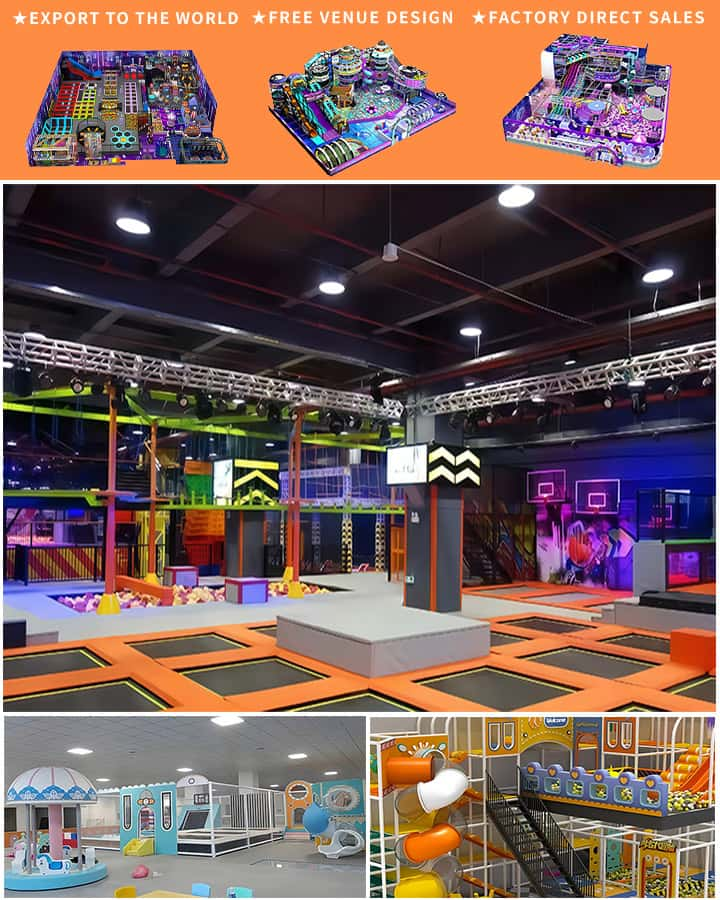Stepping into a playground today, one might marvel at the modern marvels of plastic and metal, complete with safety features that cater to every whim of contemporary play. However, for those who grew up in the simpler times, the old school playground equipment holds a special place in their hearts. These timeless pieces not only provided endless hours of fun but also fostered creativity, physical fitness, and social interaction. Here’s a nostalgic look at some of the classic names and descriptions of old school playground equipment.
The Monkey Bars
Few pieces of playground equipment evoke as much nostalgia as the monkey bars. These parallel bars were an essential part of any schoolyard, challenging children to traverse from end to end. Developing upper body strength, coordination, and balance were just a few benefits; the real joy came from racing friends to see who could make it across the fastest.
The Merry-Go-Round
Before they became synonymous with amusement parks, merry-go-rounds were a staple on many school playgrounds. Children loved to push and run alongside these spinning platforms, often giggling uncontrollably as they tried to keep their balance while holding onto the painted horses or other figures attached to the outer edge.
The Swings
Simple yet infinitely entertaining, swings have always been a favorite among youngsters. Whether it was a single swing set or a group of them side by side, the thrill of soaring through the air never lost its charm. Competitive games like “swing the highest” or “kick over the bar” added an extra layer of excitement to this classic pastime.

The Seesaw
A quintessential playground feature, the seesaw, symbolized balance and teamwork. With its teeter-totter motion, it required precise timing and coordination between partners. This simple piece of wood and metal was not only a source of endless fun but also an unspoken lesson in cooperation and give-and-take.
The Jungle Gym
The jungle gym was arguably the epitome of adventure on any playground. These climbing structures, often featuring various levels, ladders, and rings, allowed children to channel their inner Tarzan. The sense of accomplishment upon reaching the top was unmatched, making the jungle gym a rite of passage for kids everywhere.
The Slide
No playground was complete without a good slide. From basic metal slides to more elaborate spiral versions, sliding down these smooth surfaces brought pure joy. There was something exhilarating about climbing to the top and then zipping down, wind in your hair and heart racing with every descent.
The Teeter-Totter
Similar to the seesaw but typically smaller and intended for solo use, the teeter-totter offered younger children the chance to experience the same up-and-down motion. It was perfect for toddlers and provided a gentle introduction to the physics of balancing weights.
The Horizontal Ladder
This piece of equipment, consisting of rungs suspended horizontally rather than vertically, challenged children to navigate their way across without losing their balance. It was a test of both arm and leg strength, offering a different kind of workout compared to other playground activities.
The Climbing Rope
For those seeking an extra challenge, the climbing rope was the ultimate test of skill and bravery. Suspended by sturdy hooks, these ropes required grip strength, determination, and a bit of fearlessness to scale. Successfully reaching the top felt like a grand achievement.
The Sandbox
While not as physically demanding as other equipment, the sandbox encouraged creativity and imaginative play. Children would spend hours building castles, digging tunnels, and crafting intricate designs out of simple sand and shovels. It was a tactile, sensory-rich experience that complemented the more physically active equipment.
Conclusion
Old school playground equipment may have given way to modern, safer alternatives, but their charm and influence remain undiminished. These iconic structures not only provided physical activity but also fostered social interactions and creative play. They hold a special place in the memories of those who experienced their magic, reminding us all of simpler times filled with boundless energy and imagination. As we watch children play today, we can take solace in knowing that some things—like the joy of childhood—never truly change.




